Monarda species and hybrids
donnaroyston
15 years ago
Related Stories
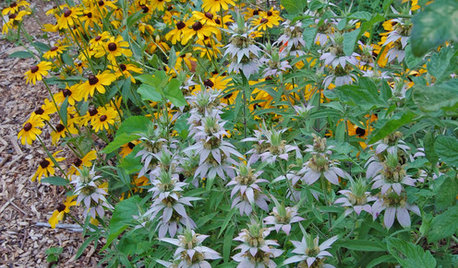
GARDENING GUIDESGreat Design Plant: Spotted Beebalm (Monarda punctata)
Looking for unusual, long-lasting blooms, low maintenance and deer resistance? Try this self-sowing perennial
Full Story
NATIVE PLANTSGreat Design Plant: Wild Bergamot, Friend of Foragers
Nourish butterflies and other winged creatures with the tubular flowers of Monarda fistulosa, a pretty pink native
Full Story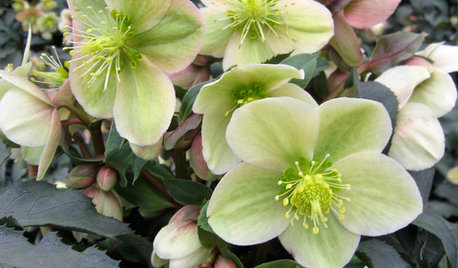
WINTER GARDENINGGreat Design Plant: Gold Collection Hellebores Perform Like Stars
Exciting colors, longer bloom times, forward-facing flowers ... These hybrids leave old hellebores in the dust
Full Story
FLOWERSRudbeckia Mania: Go Beyond Black-Eyed Susan in the Garden
Branch out from typical nursery fare, with lesser-known Rudbeckia species that have delightfully unexpected features
Full Story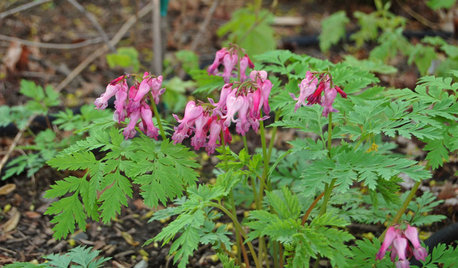
GARDENING GUIDESGreat Design Plant: Dicentra Eximia Brightens Shady Gardens
This North American bleeding heart species blooms from spring to fall and welcomes bees and hummingbirds
Full Story
GARDENING GUIDESGreat Design Plant: Amelanchier Signals Spring With Airy White Blooms
With roughly 20 species of serviceberry native to the U.S., bees can feed on the early-season blooms while birds enjoy the summer berries
Full Story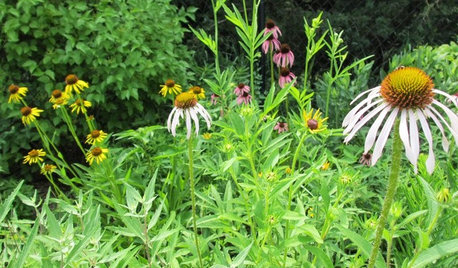
FLOWERSGet Coneflower Blooms All Summer Long
Plant these 5 native species to bring beauty to the garden — and pollen to the insects — from June through August
Full Story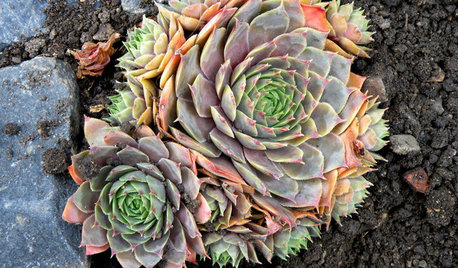
GARDENING GUIDESGreat Design Plant: Hens-and-Chicks
Plant Sempervivum succulents for fuss-free garden color and character all year
Full Story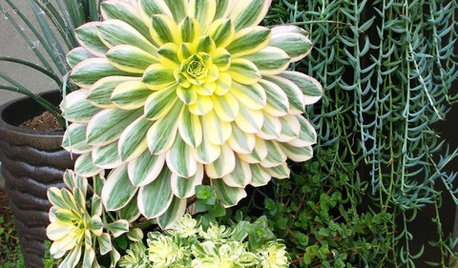
GARDENING GUIDESGreat Design Plant: Aeonium
Try these highly ornamental succulents for their lush leaves, unusual range of colors and surprising soil tolerance
Full Story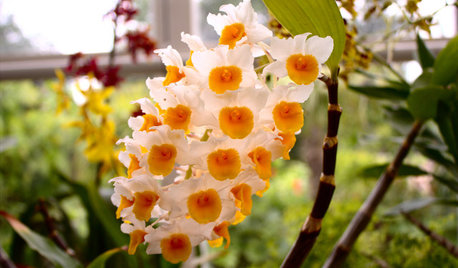
HOUSEPLANTSOrchids 101: Try Something Different With Dendrobiums
If you’re looking for something out of the ordinary, these orchids may be a good choice
Full Story









herbalbetty
donnaroystonOriginal Author
Related Professionals
Canton Landscape Architects & Landscape Designers · Camas Landscape Architects & Landscape Designers · Chattanooga Landscape Architects & Landscape Designers · Choctaw Landscape Contractors · Darien Landscape Contractors · Long Beach Landscape Contractors · Pahrump Landscape Contractors · Plymouth Landscape Contractors · San Pedro Landscape Contractors · Wallingford Landscape Contractors · Winchester Landscape Contractors · Clearfield Landscape Contractors · Anderson Roofing & Gutters · Edison Roofing & Gutters · New Orleans Roofing & Guttersmaifleur01
denninmi
donnaroystonOriginal Author
maifleur01
francescod
sbquatre_hotmail_com